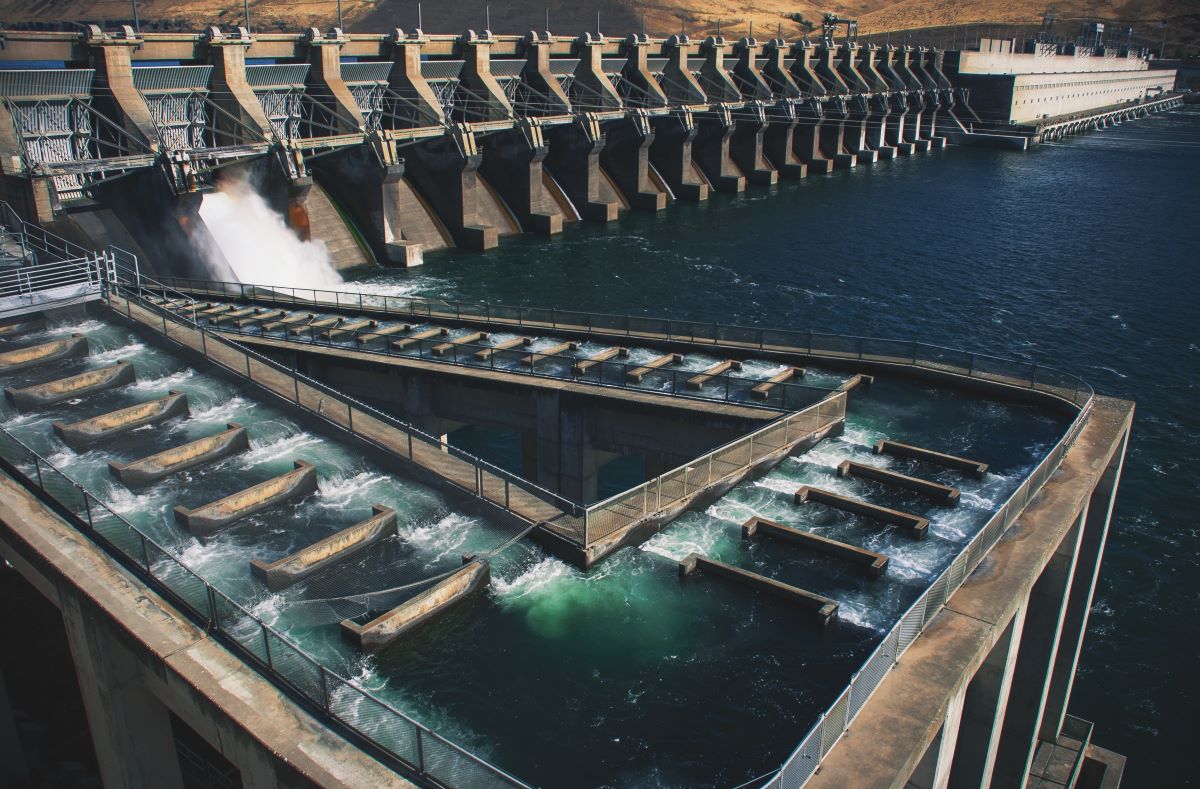

Articles
What Purpose Does A Fish Ladder Serve
Modified: December 7, 2023
Discover the importance of fish ladders for the migration of fish. Read informative articles that explain the purpose and benefits of fish ladders.
(Many of the links in this article redirect to a specific reviewed product. Your purchase of these products through affiliate links helps to generate commission for Storables.com, at no extra cost. Learn more)
Introduction
A fish ladder, also known as a fishway or fish pass, is a structure designed to help fish migrate through man-made obstructions such as dams and weirs in rivers and streams. These obstacles can be a significant barrier to fish species that need to migrate to different habitats for breeding, feeding, and survival. Fish ladders are constructed to provide a way for fish to bypass these barriers and continue their natural life cycle.
By allowing fish to navigate past these obstacles, fish ladders play a crucial role in preserving and restoring fish populations, particularly for those species that rely on long-distance migrations. They provide a solution that helps maintain the ecological balance of freshwater ecosystems and supports sustainable fisheries management.
In this article, we will explore the purpose, history, types, functionality, benefits, and limitations of fish ladders. We will also discuss their environmental impact and the challenges they face. Lastly, we will touch on the future prospects of fish ladders in light of evolving conservation practices and technological advancements.
Key Takeaways:
- Fish ladders are crucial for preserving fish populations, restoring spawning grounds, and supporting sustainable fisheries. They face challenges but offer hope for the future of fish migration and freshwater ecosystem health.
- Technological advancements, research into fish behavior, and stakeholder collaboration are shaping the future of fish ladders. Climate-resilient designs and public awareness will ensure their continued role in maintaining healthy freshwater ecosystems.
Read more: What Purpose Does Bulk Zoning Serve?
Definition of a Fish Ladder
A fish ladder is a series of ascending pools or steps built alongside or within a dam or other artificial barrier. It is designed to create a gradual increase in water depth, allowing fish to swim upstream and bypass the obstruction. The ladder consists of a series of chambers or weirs, each of which provides a resting place for fish as they move upstream.
The design and layout of fish ladders can vary depending on the specific needs of the fish species it is intended to help. The ultimate goal is to create a gradual and manageable ascent while simulating natural river conditions as closely as possible.
The primary purpose of a fish ladder is to provide fish with a passage that is easier and safer to navigate than attempting to swim directly over a dam or other barrier. This allows fish to overcome the considerable physical challenges they would encounter when swimming against the strong currents and turbulent waters typically found near dams.
By providing an alternative route, fish ladders enable fish to access spawning grounds, feeding areas, and other critical habitats that would otherwise be inaccessible due to human-made structures. This is essential for fish populations that rely on anadromous or catadromous migration, where they move between freshwater and saltwater environments during different stages of their life cycle.
Overall, a fish ladder serves as a man-made facilitator for fish migration, enabling the natural movement of species and contributing to the overall health and productivity of aquatic ecosystems.
History of Fish Ladders
The concept of fish ladders dates back centuries and can be traced back to early civilizations that recognized the importance of fish migrations for sustenance and ecological balance. While rudimentary fish passage structures were used in different regions around the world, the formal construction of fish ladders started gaining traction during the 18th and 19th centuries.
One of the earliest documented fish ladders was built in France in 1623 on the River Loire. This wooden fish ladder, known as “les étuves,” consisted of a series of compartments with wooden gates that allowed fish to navigate upstream. However, it wasn’t until the Industrial Revolution in Europe and North America that the construction of fish ladders became more systematic and prominent.
With the proliferation of dams and watermills during the Industrial Revolution, the need for fish passage became more pressing. In response, architects, engineers, and biologists began developing innovative designs for fish ladders. The goal was to create structures that would mimic the natural passageways that fish would normally use, allowing them to navigate around dams and reach their upstream destinations.
One of the most significant developments in fish ladder design occurred in the late 19th century in the United States. James B. Francis, an engineer leading the construction of the Norris Dam on the Merrimack River, invented the “Pool and Weir” fish ladder design. This design separated the water flowing through the ladder into a series of pools and connected them with submerged wooden weirs.
Since then, fish ladder technology has continued to evolve, incorporating new materials and designs to improve functionality and effectiveness. Modern fish ladders utilize concrete chambers, adjustable weirs, fish-friendly screens, and advanced monitoring systems to ensure optimal fish migration.
Today, fish ladders are found in numerous countries around the world, including the United States, Canada, Europe, and Australia. They have become an integral part of dam construction and river management, helping to mitigate the impact of human activities on fish populations and preserve the natural balance of aquatic ecosystems.
Types of Fish Ladders
Fish ladders come in several different designs, each tailored to the specific requirements of the fish species and the environment in which it is built. Here are some of the common types:
- Pool and Weir Fish Ladder: This design consists of a series of pools connected by weirs or low barriers. As fish navigate through the ladder, they move from one pool to the next, gradually ascending the structure. The pools provide resting areas for fish to regain strength before continuing their journey upstream.
- Vertical Slot Fish Ladder: This type of fish ladder features a series of narrow vertical slots or channels. The slots create a turbulent flow of water that helps fish ascend the ladder. They are often used for species like salmon and trout that are agile swimmers and can maneuver in fast-moving water.
- Nature-Like Fishway: This type of fish ladder mimics natural river conditions as closely as possible. It utilizes rocks, boulders, and other natural materials to create a series of steps and pools that fish can navigate. Nature-like fishways provide a more natural-looking and efficient passage for fish, enhancing their likelihood of successful migration.
- Fish Elevator: Unlike the traditional ladder-like structures, fish elevators use chambers and conveyor belts or lifts to transport fish over dams or other obstacles. Fish are guided into the elevator, where they are safely lifted to the higher level of water. This type of fish ladder is often used when the dam height or river conditions make traditional ladders impractical.
Each type of fish ladder has its own advantages and is suited for different fish species and environmental conditions. The choice of fish ladder design depends on factors such as the targeted fish species, water flow, available space, and ecological considerations.
Additionally, advancements in fish ladder technology continue to introduce new designs and modifications that improve fish passage efficiency. These innovations include fish-friendly turbine designs, fish sensing systems, and integrated monitoring and data collection platforms that help assess the effectiveness of fish ladders and ensure their ongoing improvement.
How a Fish Ladder Works
A fish ladder is designed to provide a structured pathway for fish to navigate around barriers such as dams and weirs. The main objective is to create a gradual increase in water depth that allows fish to move upstream and reach their desired spawning or feeding grounds. Here is a simplified explanation of how a fish ladder works:
1. Entrance and Descent: The fish ladder begins with an entrance area, which is located downstream of the obstacle. This area is designed to attract fish and guide them towards the ladder. It may feature a gentle current or flow of water to entice fish to enter the ladder.
2. Staging Pools: Once fish enter the ladder, they encounter a series of resting or staging pools. These pools are designed to provide a place for fish to rest and regain energy before continuing their journey. They are typically well-oxygenated and may feature natural materials such as rocks and vegetation to simulate a favorable habitat for fish.
3. Weirs and Steps: As fish swim from one staging pool to another, they encounter weirs or steps that create artificial cascades or barriers. These weirs mimic the natural flow of water over rocks and simulate the conditions fish would encounter in a natural river. The height and spacing of the weirs are carefully designed to ensure that fish can easily navigate through them without expending excessive energy.
4. Flow Control: The water flow in the fish ladder is carefully regulated to provide optimal conditions for fish navigation. This may involve adjusting the flow rate, water depth, and turbulence to align with the preferences and capabilities of the target fish species.
5. Exit Area: At the end of the fish ladder, there is an exit area where fish can easily transition back into the main river or receive further guidance to their desired destination. In some cases, an additional fish guidance system, such as a fish-friendly screen or gate, may be employed to ensure that fish do not inadvertently reenter the dam.
Throughout the fish ladder, monitoring systems may be installed to track fish movement and behavior. This data can help researchers and conservationists better understand the effectiveness of the fish ladder and make necessary adjustments or improvements.
Overall, the aim of a fish ladder is to provide fish with a guided and safer pathway to navigate around barriers and reach their desired destinations. By mimicking natural river conditions and providing resting areas, fish ladders help ensure the successful migration of fish species and the preservation of healthy aquatic ecosystems.
A fish ladder serves the purpose of helping migratory fish bypass barriers such as dams and reach their spawning grounds. It provides a series of steps and pools that allow fish to swim upstream.
Read more: What To Serve With BBQ
Benefits of Fish Ladders
Fish ladders play a vital role in mitigating the negative impacts of man-made structures, such as dams and weirs, on fish populations and freshwater ecosystems. Here are some of the key benefits of fish ladders:
- Promote Fish Migration: Fish ladders enable fish to migrate upstream and downstream, allowing them to access critical habitats for breeding, feeding, and survival. This promotes genetic diversity, population dynamics, and the overall health of fish populations.
- Restore Spawning Grounds: By providing a passage around barriers, fish ladders allow migratory fish to reach their traditional spawning grounds. This is crucial for species like salmon, trout, and eels, whose survival depends on reaching specific areas to reproduce.
- Enhance Biodiversity: Fish ladders support the movement of various fish species, including both migratory and resident species. This promotes species diversity and the interconnectedness of freshwater ecosystems, contributing to overall biodiversity.
- Support Fisheries: Fish ladders help sustain both commercial and recreational fisheries by ensuring the availability of fish for fishing activities. They allow for the natural replenishment of fish stocks and contribute to the long-term sustainability of fishing industries.
- Preserve Ecological Balance: By facilitating fish migration, fish ladders contribute to the preservation of ecological balance in river systems. Fish act as bioindicators, and their movements provide insights into the overall health of freshwater ecosystems.
- Protect Endangered Species: Fish ladders are essential for the protection and conservation of endangered fish species. These structures enable the recovery and survival of threatened species by ensuring their ability to reproduce and access suitable habitats.
- Promote Sustainable Water Management: Fish ladders encourage responsible water management practices by allowing for the passage of fish while maintaining the functionality of dams and other structures. This encourages the integration of ecological considerations into water management plans.
- Educational and Recreational Value: Fish ladders provide opportunities for scientific research, educational programs, and recreational viewing. They offer a unique chance for people to witness the remarkable journey of fish and learn about the importance of preserving aquatic ecosystems.
Overall, fish ladders contribute to the ecological, social, and economic well-being of communities reliant on healthy freshwater ecosystems. They play a crucial role in maintaining the natural balance of rivers, supporting sustainable fisheries, and conserving endangered fish species.
Environmental Impact of Fish Ladders
Fish ladders are intended to provide a solution to the barriers posed by man-made structures, but like any intervention, they also have potential environmental impacts. Understanding these impacts is essential for optimizing fish passage and ensuring the overall health of aquatic ecosystems. Here are some key considerations regarding the environmental impact of fish ladders:
- Alteration of Natural Flow: Fish ladders introduce changes to the flow characteristics of rivers and streams. The construction and operation of these structures can modify water velocity, turbulence, and oxygen levels, potentially impacting the physical and chemical properties of the aquatic environment.
- Barriers for Non-Target Species: While fish ladders are primarily designed to aid migratory fish species, they may unintentionally act as barriers for other aquatic organisms. Small-bodied fish, amphibians, and invertebrates may not be able to navigate the ladder, potentially disrupting their movement and access to important habitats.
- Interaction with Predators: Fish ladders can create concentrated areas of fish, making them vulnerable to predation by opportunistic species. Predatory animals such as birds, mammals, and larger fish may take advantage of the increased concentration of fish in and around the ladder, potentially impacting fish populations and community dynamics.
- Potential for Disease Transmission: Fish ladders introduce the potential for increased interaction and proximity between fish populations. This can facilitate the transmission of diseases, parasites, and invasive species, which may negatively impact the health and sustainability of fish populations and the larger ecosystem.
- Physical Barrier Fragmentation: While fish ladders aim to aid fish migration, they do not completely eliminate the physical barrier imposed by the dam or weir. Fragmentation of river systems by physical barriers can still have ecological consequences, causing changes in habitat connectivity, water quality, and overall ecosystem function.
- Energy Consumption and Carbon Footprint: The operation of fish ladders requires energy, typically in the form of pumps or water flow mechanisms. This energy consumption contributes to the carbon footprint associated with the operation of fish passage structures. Minimizing this footprint through sustainable energy sources is crucial for reducing environmental impacts.
- Monitoring and Adaptive Management: Regular monitoring of fish ladders and their environmental impacts is essential. This allows for adaptive management, where adjustments can be made to the design, operation, and maintenance of fish ladders to mitigate negative effects and capitalize on positive outcomes for fish and the environment.
It is important to strike a balance between the benefits of fish ladders for migrating fish and the potential environmental impacts they may have. By incorporating sound ecological principles, ongoing research, and adaptive management practices, we can strive to minimize the negative effects of fish ladders and enhance their overall positive contribution to aquatic ecosystems.
Challenges and Limitations of Fish Ladders
While fish ladders have proven to be effective in aiding fish migration and mitigating the impacts of dam construction, they also face several challenges and limitations. Understanding these challenges is crucial for improving fish passage strategies and preserving the long-term sustainability of fish populations. Here are some of the key challenges and limitations of fish ladders:
- Design Limitations: Fish ladders are designed based on knowledge of target fish species, but individual fish behavior and swimming capabilities can vary. This can present challenges when designing fish ladders that cater to the needs of a diverse range of fish species.
- Ineffective for Some Species: Certain fish species may struggle to navigate fish ladders due to unique swimming behaviors or preferences for specific types of habitats. For example, fish that prefer fast-flowing or shallow water may experience difficulty navigating through the slower-moving pools and weirs of typical fish ladder designs.
- Maintenance Requirements: Fish ladders require regular maintenance to ensure optimal functioning. Accumulation of debris, sedimentation, or structural damage can impede fish passage and decrease the efficiency of the ladder. Adequate funding, resources, and expertise are necessary for timely and effective maintenance.
- Cost and Practicality: Constructing fish ladders can be expensive, particularly for larger dams or complex river systems. In some cases, the cost of designing and implementing fish passage structures may outweigh the benefits or be deemed economically unviable.
- Incompatibility with Small-Scale Structures: Fish ladders may not be suitable or feasible for small-scale structures such as culverts, small dams, or irrigation channels. These structures can pose significant barriers to fish passage for certain species, yet implementing fish ladders at such sites may not be practical or cost-effective.
- Interaction with Climate Change: Climate change impacts, such as altered river flows, increased water temperatures, and changes in precipitation patterns, can influence the effectiveness of fish ladders. Unpredictable variation in flow and temperature regimes may impede fish migration or require modifications to existing fish ladder designs.
- Effectiveness for Non-Migratory Species: Fish ladders primarily target migratory fish species and may not provide significant benefits for non-migratory or resident fish populations. These populations may still be impacted by habitat fragmentation, changes in water quality, or other human-induced disturbances.
Addressing these challenges requires ongoing research, collaboration between scientists, engineers, and policymakers, and a holistic approach to fish passage strategies. Innovative designs, adaptive management, and a greater understanding of fish ecology and behavior will contribute to the continued improvement of fish ladders and the conservation of fish populations and freshwater ecosystems.
Future of Fish Ladders
The future of fish ladders is driven by the need for sustainable water management, conservation of fish populations, and advancements in technology and understanding of fish behavior. Here are some key aspects shaping the future of fish ladders:
- Technological Advancements: With advancements in engineering and monitoring technologies, fish ladders can be designed and operated more efficiently. Innovative designs, such as adjustable weirs and fish-friendly turbines, can enhance fish passage effectiveness while minimizing environmental impacts.
- Fish Behavior Research: Continued research into fish behavior and swimming capabilities will inform the design of fish ladders that cater to a wider range of species. Understanding how different fish navigate obstacles and respond to water flow characteristics will result in more targeted and effective fish passage solutions.
- Multi-Purpose Solutions: The integration of fish passage structures with other infrastructure projects, such as hydropower facilities or flood management systems, can maximize the benefits of fish ladders. This multi-purpose approach allows for cost-sharing, optimization of resources, and minimal ecological disruption.
- Reconnecting Fragmented Habitats: Efforts are being made to reconnect fragmented habitats through the removal of obsolete dams and the retrofitting of existing barriers. By creating more continuous river systems, fish ladders can be strategically placed to support fish migrations and enhance ecological connectivity.
- Climate-Resilient Designs: As the impacts of climate change intensify, fish ladders need to adapt accordingly. Designs that account for altered flow patterns, increased water temperatures, and more frequent extreme events will enhance fish passage under changing environmental conditions.
- Education and Public Outreach: Increasing public awareness of the importance of fish migration and the role of fish ladders is crucial for their long-term success. Educational programs and public outreach initiatives can foster support for fish passage projects and promote a sense of stewardship for aquatic ecosystems.
- Collaboration and Stakeholder Engagement: The future of fish ladders depends on collaboration among stakeholders, including government agencies, conservation organizations, researchers, and local communities. Engaging diverse perspectives and involving local communities in the planning and decision-making processes will lead to more effective and sustainable fish passage solutions.
As we move forward, the future of fish ladders lies in integrating science, technology, and community engagement to design and operate fish passage structures that optimize fish migration while minimizing ecological impacts. By adopting a holistic approach and staying adaptive to evolving knowledge and environmental conditions, fish ladders can continue to play a vital role in maintaining the health and resilience of freshwater ecosystems for generations to come.
Read more: What Are Serving Dishes?
Conclusion
Fish ladders have emerged as essential structures for aiding fish migration, enabling species to navigate past man-made barriers such as dams and weirs. They have a rich history that spans centuries and continue to evolve through technological advancements and improved understanding of fish behavior.
These structures serve a critical purpose in preserving fish populations, maintaining the ecological balance of freshwater ecosystems, and supporting sustainable fisheries management. By providing a passage for fish migration, fish ladders restore access to spawning grounds, feeding areas, and other critical habitats, allowing fish to complete their natural life cycle.
While fish ladders offer numerous benefits, they also face challenges and limitations. Design considerations, maintenance requirements, and potential impacts on non-target species are factors that need to be addressed. Additionally, the monitoring and adaptive management of fish ladders are crucial for maximizing their effectiveness and minimizing environmental impacts.
The future of fish ladders lies in continued technological innovation, research into fish behavior, and the integration of fish passage strategies with other water management projects. Climate-resilient designs, reconnecting fragmented habitats, and enhanced stakeholder engagement will shape the development of fish ladders in the coming years.
Public awareness and education are vital in garnering support for fish ladders and fostering a sense of responsibility towards the preservation of aquatic ecosystems. By working collaboratively with government agencies, conservation organizations, researchers, and local communities, we can ensure the long-term success and sustainability of fish ladders.
In conclusion, fish ladders play a crucial role in balancing human needs with the preservation of fish populations and aquatic ecosystems. By providing a pathway for fish migration, these structures contribute to the restoration of fish populations, maintenance of biodiversity, and the overall health of freshwater ecosystems. Through ongoing research, technological advancements, and stakeholder collaboration, we can continue to improve fish ladder designs, minimize environmental impacts, and support the connectivity and resilience of our waterways for generations to come.
Frequently Asked Questions about What Purpose Does A Fish Ladder Serve
Was this page helpful?
At Storables.com, we guarantee accurate and reliable information. Our content, validated by Expert Board Contributors, is crafted following stringent Editorial Policies. We're committed to providing you with well-researched, expert-backed insights for all your informational needs.

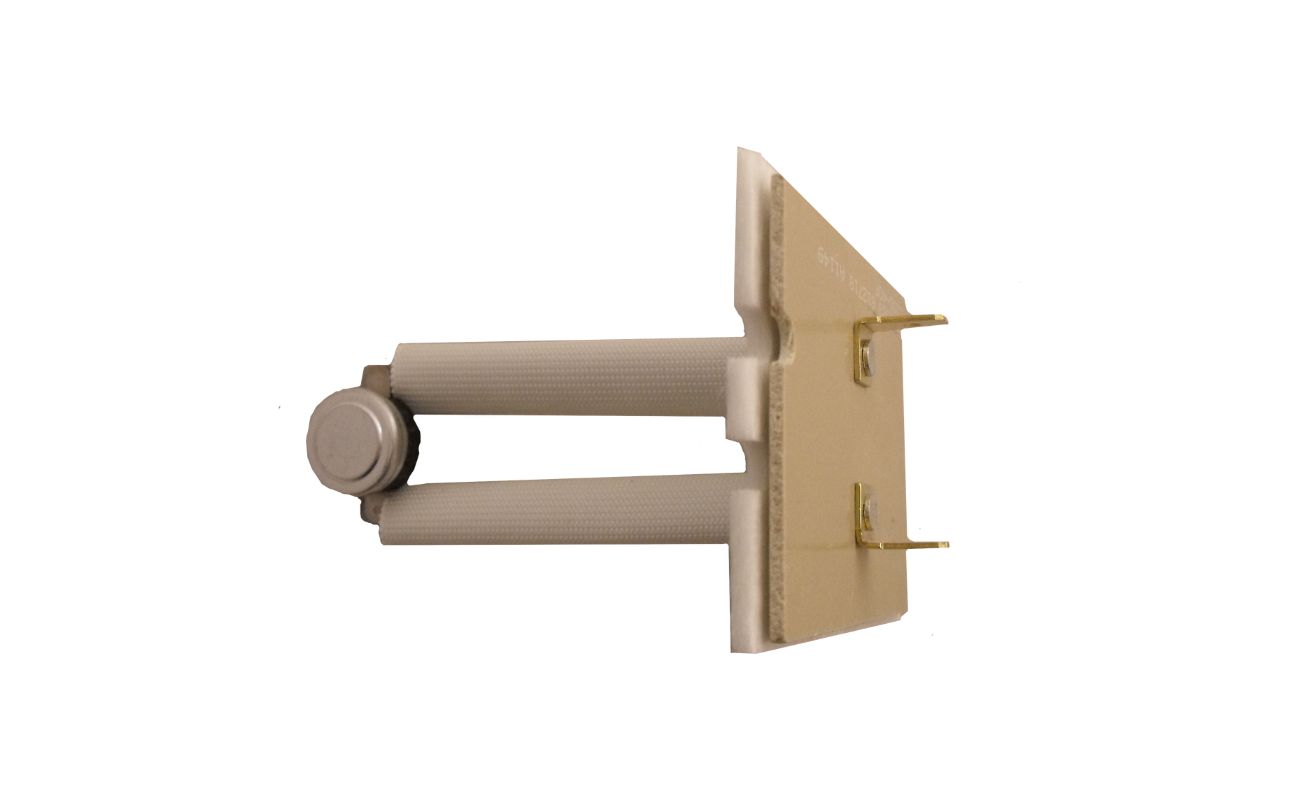



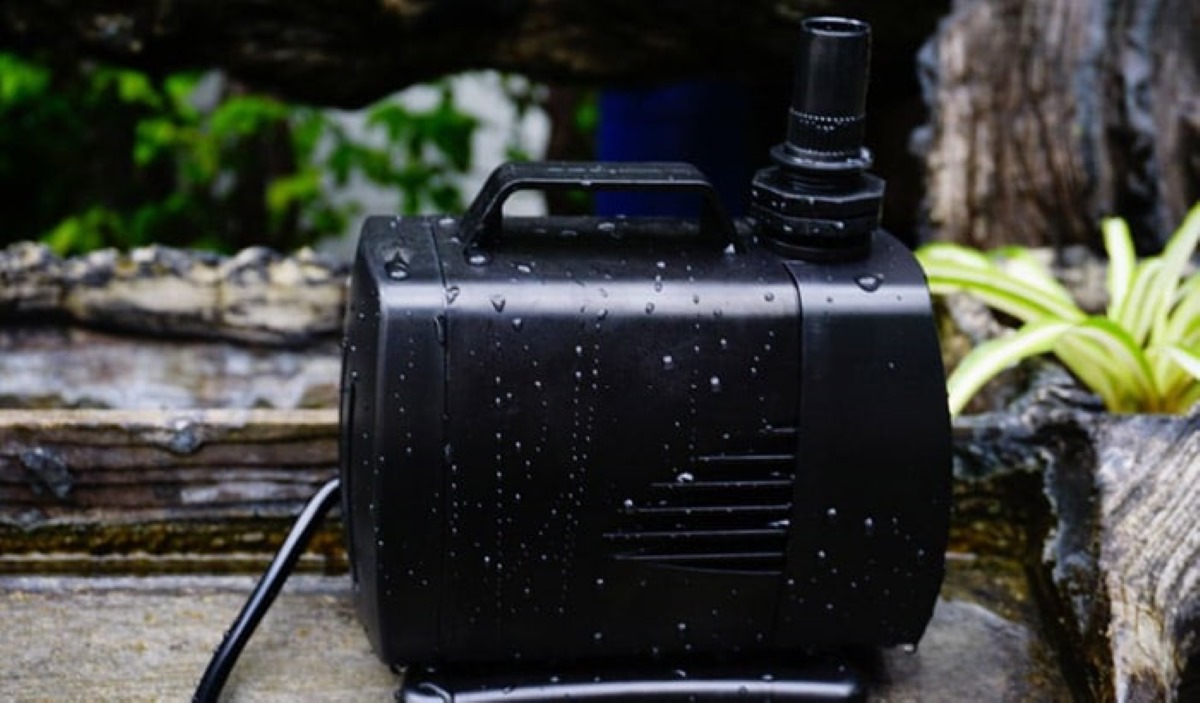

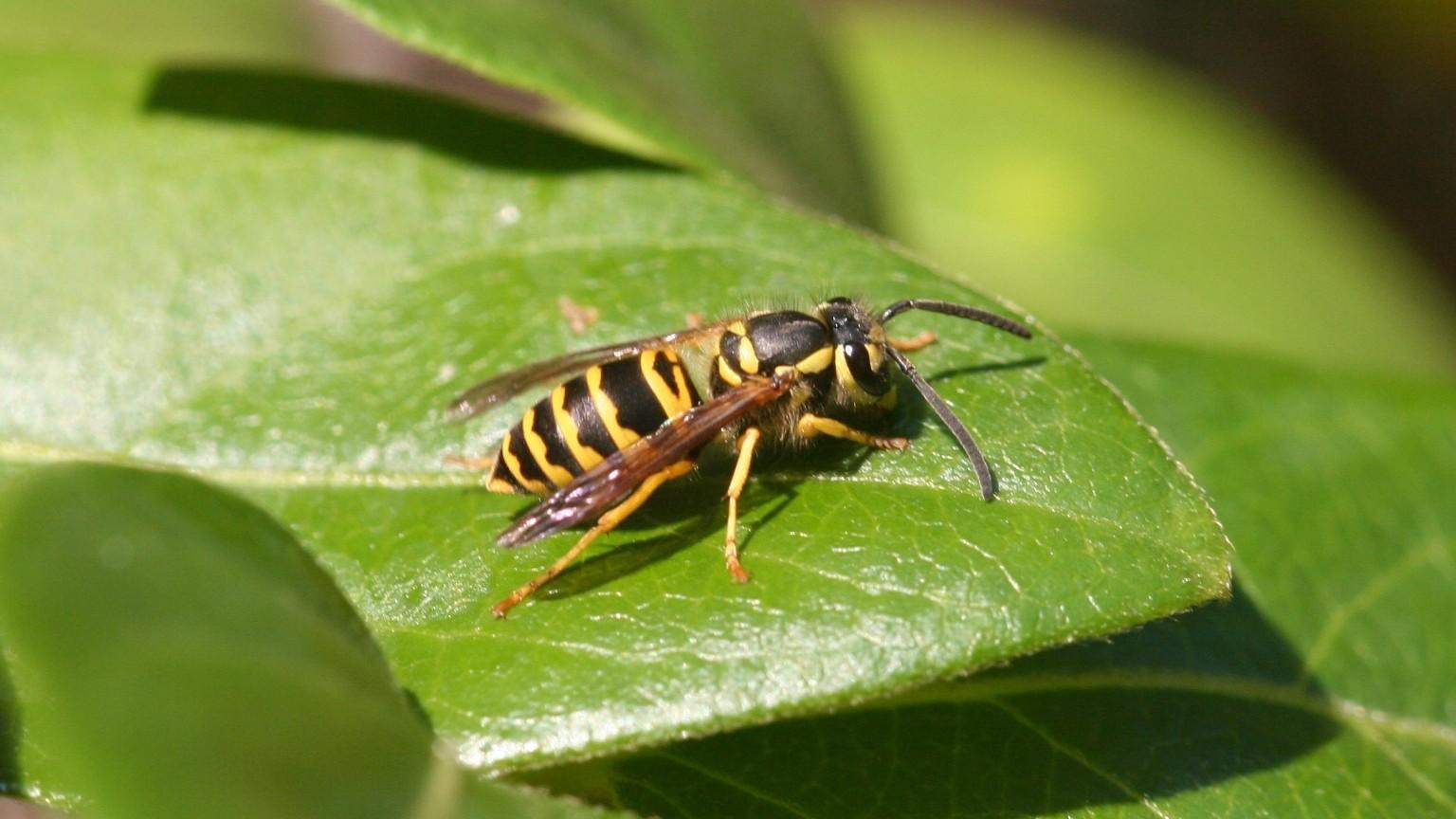




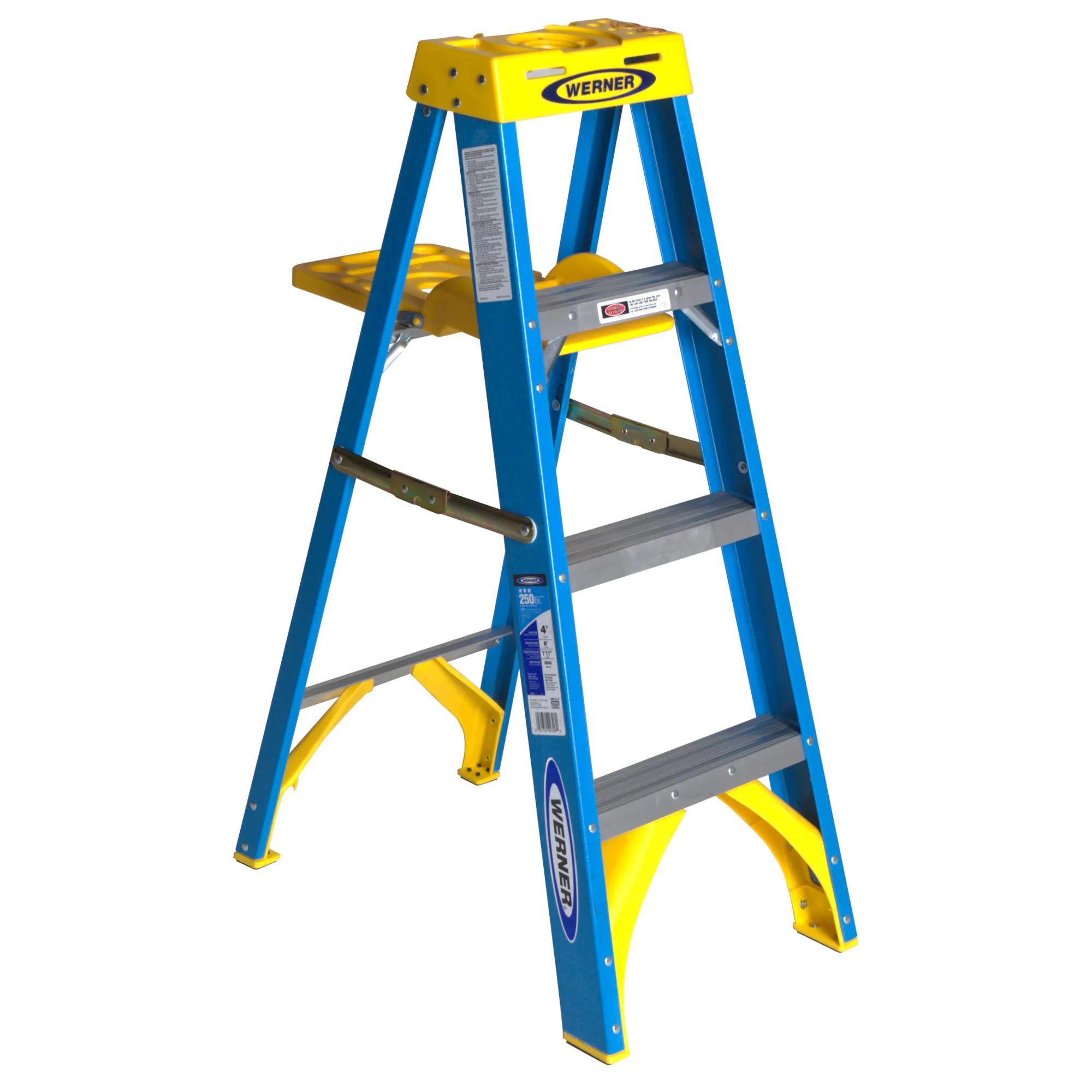

0 thoughts on “What Purpose Does A Fish Ladder Serve”